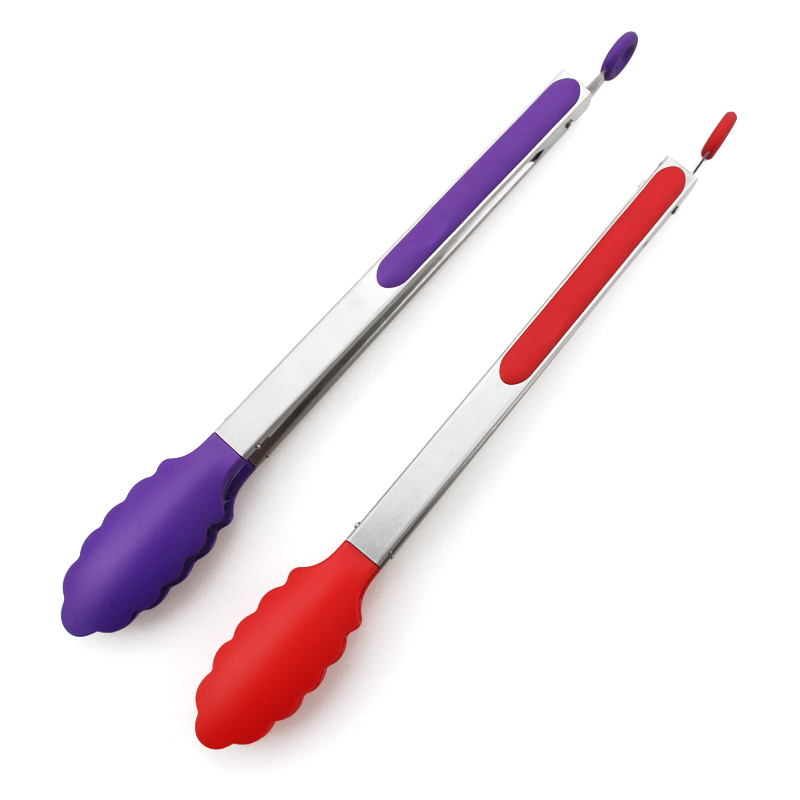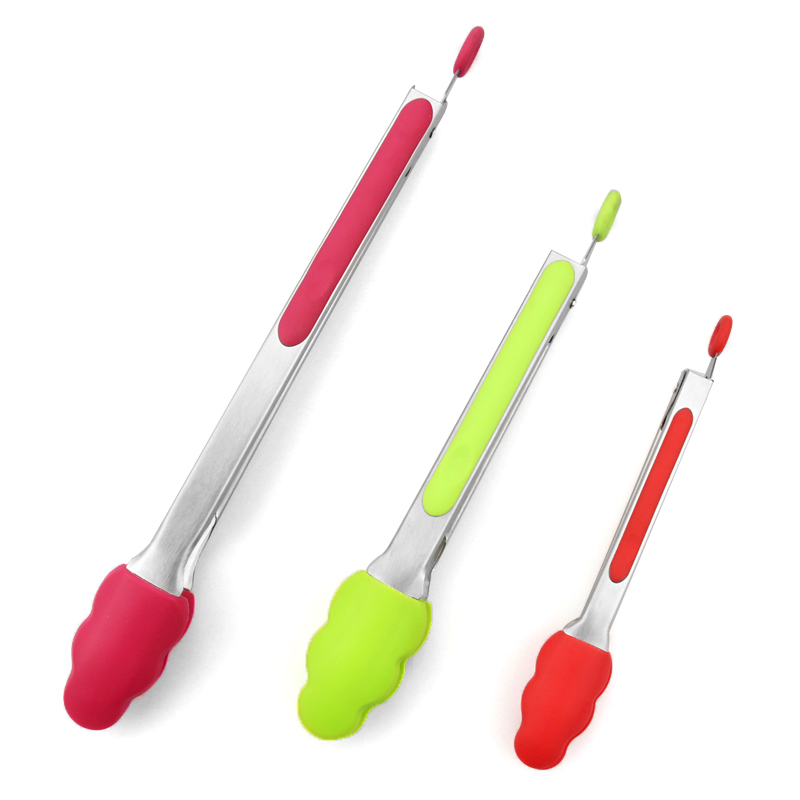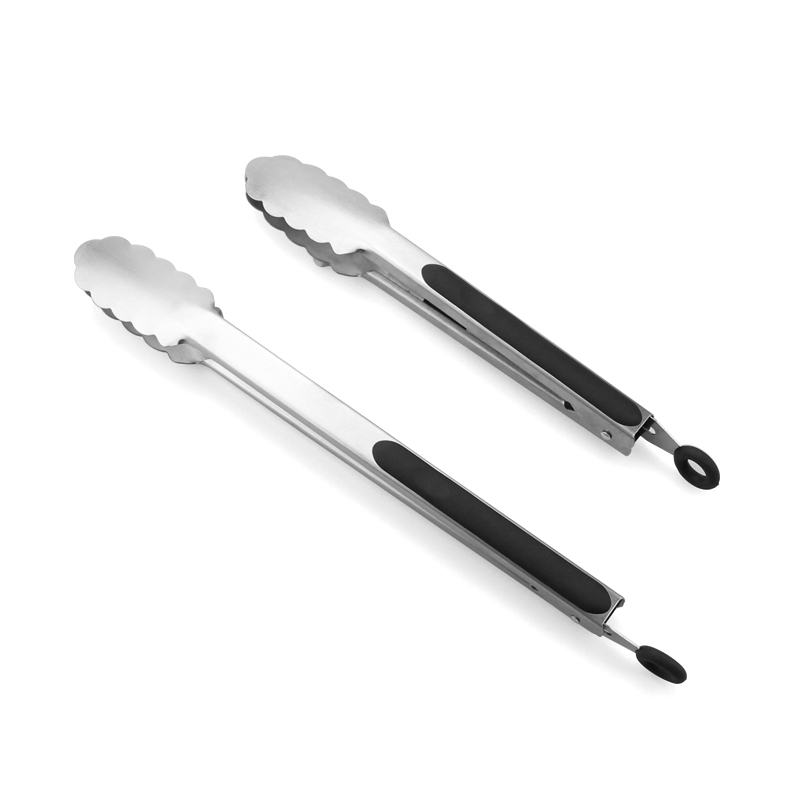1. What should be done before the net screen is made before the screen is stretched? What is included in pre-network processing?
A: The pre-grid treatment consists of roughening and degreasing.
A. Polyester (PET) weakly polar materials are roughened to add a porous, non-smooth surface. The treated PET web can increase the bonding area with the photosensitive material, thereby improving the adhesion of the photosensitive material on the web.
B. The degreasing of the screen on the screen is to remove oil stains, increase the affinity between the photosensitive material and the screen, and the number of screen printing, and reduce the pinhole on the photosensitive layer during the screen printing process.
2. How to reduce the average roughness (PZ value) of the surface of the photosensitive layer when making the screen?
Answer: 1) The PZ value is related to the plate making method. Simple plate-making method. Capillary plate-making method Photosensitive plate-making method. 2) The PZ value of the photoengraving process should be controlled from the following aspects:
a. After the adhesive is dried, the screen is placed flat in the drying cabinet with the printed side facing down.
b. The last time the squeegee should be on the printed surface, with the screen printing surface facing down when dry.
c. The increase in the number of times the photoresist is applied on the printing surface will help reduce the PZ value.
3, why do you have to completely dry the screen after coating the emulsion?
A: If there is slight moisture in the photosensitive layer, water vapor will refract the light during exposure, thus affecting the degree of cross-linking of the emulsion. In addition, when the photoresist is not completely dried, it will also hinder cross-linking, which will lead to defects such as pinholes, degumming, and decreased adhesion of the adhesive layer and the screen, and reduction of the resistance to printing, etc., resulting in the development of the photosensitive layer before exposure. The degree is crucial.
4, how to choose the screen exposure time?
A: Please use Ketutai special exposure ruler test. This slide rule is very simple to use. It takes only one exposure to get five exposure parameters. The correct exposure parameters must be in it.
5. What are the consequences of insufficient screen exposure and overexposure?
A: 1) Underexposure:
A, the thinning of the photosensitive layer is too easy to appear pinholes.
B, the edges of the pattern or wire are prone to sawtooth.
C. The number of screen prints dropped.
D. Screen recovery is difficult. Patterned shadows tend to appear on screens that have been removed from the film.
2) Overexposed:
A. The pattern will be distorted, the fine lines will be finer, the low-key meshes will be enlarged, and the highlights will be reduced.
B. Difficulty in unloading, and there is residue in the leaked part so that the ink does not mesh.
C. The template becomes brittle.
Therefore, before the plate-making, the exposure ruler must be used to determine the exact exposure time, so as to produce different requirements of the screen.
6. What are the quality problems caused by the pre-processed screen and the screened screen drying in the same oven? How to solve?
Answer: (1) The pre-treated screen has a high moisture content, and a large amount of moisture evaporates during the drying process, thereby reducing the degree of drying of the screen coated with the photosensitive resist and prolonging the drying time.
(2) The secondary water absorption of the photo-sensitive adhesive will make the photo-resist layer unable to dry out, so that it is difficult to ensure the accuracy of the exposure (shim) parameters, and the screen quality will fluctuate greatly.
(3) The solution is: separate drying.
7. Is a spot color ink formulated with a standard color or a standard color? why?
A: The preparation of spot color inks should be based on the reference color or the three primary colors, because this will ensure that the colors have a good hue, brightness and purity, and the formulated ink will be very bright and bright, and it will be closer to the red, green and blue in nature. The true color of the. The ink with the standard color is dark in color, inaccurate in hue, and not bright enough, because the standard color ink itself is a mixed color, so the spot color ink can not meet the three attributes of the ink.
8. What are the requirements for screen printing and printing processes in four-color dot printing?
Answer: (1) The tension of the four screens is the same (2) The screen is cut in the same direction (3) The size of the screen is the same size (4) The screen positioning is consistent. (5) The hardness of the scraper is the same (6) The angle between the scraper and the substrate is the same (7) The scraping pressure is the same (8) The scraping speed is the same.
9. How to calculate the width of the reproduced line when selecting a network?
Answer: Under normal circumstances:
Available formulas: 2d + M. or 3d (M = d) where d is the diameter of the screen mesh. M. The width of the hole for the wire mesh.
10, Please calculate, 12034 (T) wire mesh should be able to print fine lines?
Answer: 12034(T) Wire Mesh d=34 μm. = 45 microns
Formula: 2d+M 2×34+45=113 μm
Reproduce line width or dot diameter to 113 microns (ie 0.113mm) with a 12034(T) screen
When M. When >d (M+d) 2M. +d is (45+34) (2×45+34)
Dark tone point 79u High light point 124u
11. What is the composition of solvent ink? What is the role of each?
A: (1) Binder: It is a resin that mainly acts as a link to determine the smoothness, hardness, weather resistance, moisture resistance and other properties of the ink.
(2) Pigments: Determine the fineness, weather resistance, solvent resistance, and drug resistance of inks, and whether they contain heavy metals.
(3) Additives: Improve the printability of the ink.
(4) Solvent: It is used to adjust the viscosity, adjust the dry speed, increase the adhesion with the substrate, dissolve the resin as a linker and auxiliary agent, and disperse the pigment.
12. What are the five variables for screen printing?
Answer: Scraper hardness, mesh distance, printing speed, scraping pressure, ink suitability.
13, the ink is not stirred before adding the diluent right? why?
A: It is not correct to add diluent before mixing, because after the ink is subjected to external force (such as stirring), its viscosity will drop and dilute the thixotropic performance, so any ink must be thoroughly stirred after opening the jar to adjust the viscosity. .
14. What is the role of solvents in solvent-based inks?
Answer: (1) Dissolve the resin in the ink to make the adhesive. (2) Disperse pigments and solubilizers in inks to improve printability. (3) Dissolve and swell substrate, increase the adhesion of ink and substrate. (4) Adjust the viscosity to improve the printability of the ink. (5) Adjust the drying speed to meet the requirements of the screen printing environment.
15. If there is no problem with the quality of the ink, what are the causes of air bubbles in the silk screen printing process? How to deal with it?
A: The reason and solution: (1) The viscosity of the ink is not correct and must be diluted. (2) The speed of squeegee is fast, the net distance is large, and air bubbles are pulled out because the screen bomb is too fast from the substrate. (3) The wrong solvent is used, and miscibility with the ink is poor, so it is necessary to use a special solvent for the ink. (4) Use of a quick-drying solvent under conditions of high temperature and low humidity causes the surface conjunctiva to become too fast and bubbles appear. (5) Air bubbles due to the surface of the substrate are not easily wetted. (6) Ink expired.
16. What are the consequences of uneven stretching tension?
A: (1) In some places, the ink layer is thick. In some areas, the ink layer is thin and the thickness is not uniform. (2) Distorted pattern text. (3) Local graphics may produce ambiguity. (4) Distortion or misalignment of the dots when the dots are printed, resulting in color cast.
17. What is the network distance adjustment?
Answer: (1) It is mainly based on the tension adjustment of the stretch net, the tension net distance is small, and vice versa. (2) According to the size of the frame, the large frame distance of the frame is also large.
18, the size of the net under normal tension will affect what?
Answer: (1) First, the net distance is large, the scraping pressure of the scraper is large, and the screen is susceptible to premature aging (the screen tension loss is large). (2) The net distance is small, and the screen cannot be ejected from the workpiece immediately to make the pattern dirty. Therefore, in the case where the screen has a certain tension, it must be ensured that the scraping pressure of the squeegee during the screen printing process is minimized and the screen can be ejected from the workpiece immediately.
19, why different types, different uses, different suppliers of ink must use different solvents? What happens when solvents are used incorrectly?
A: Because there is no ink that is universal, there are many types of materials in the substrate. Therefore, when the ink is selected, the binder resin in the ink must be compatible with the material of the substrate (workpiece). Otherwise, the adhesion will be affected. The solvent in the medium has a dissolution effect on the substrate, so the ink can be firmly bonded to the workpiece. Because the ink is different in the resin, so the solvent is also different, if misuse or misuse will appear the following: (1) will affect the color of the ink (2) will affect the overall performance of the ink, such as: adhesion, poor solvent resistance, silk screen suitability Not so good. (3) Severe ink will cause agglomeration and lead to production scrap.
Therefore, all kinds of inks have their own special solvents, and they cannot be added or misplaced.
20. Solvents The solvents in the ink are classified into fast drying, dry drying, and slow drying. What are the different types of solvents used?
A: The solvent drying rate is determined by the evaporation (flux) speed of the solvent itself, and the steaming speed is determined by their boiling point.
Fast-drying solvent: The boiling point is generally 100°C and 150°C.
Dry solvent: The boiling point is generally 150°C and 200°C.
Slow dry solvent: The boiling point is generally above 200°C
Each type of solvent is not a single type of solvent. They are all made from a mixture of several solvents to control the drying speed of the ink. Therefore, generally, full-automatic screen printers use fast-drying solvents; manual screen printing and slow-drying solvents at high temperatures and low humidity; and use of dry solvents in air-conditioned and humidity-controlled environments. If the wrong solvent is used, it will cause blocking and reticulation; the material will be eroded and cracked, so it is very important to choose the appropriate solvent.
21, what is the thixotropy of ink, what effect?
A: The ink will become thicker after standing for a certain period of time, the viscosity will also increase, and it will become thinner after stirring and the viscosity will become smaller. This is the thixotropy of the ink. The thixotropy of ink facilitates screen printing to improve printing accuracy.
22. What is the reason for the increased resistance of silver paste?
Answer: (1) Drying is not complete, that is, the drying temperature is not enough, the time is not enough, or the drying method is not good. (2) The printing thickness does not meet the temperature required for the silver paste. The printing thickness is thin, and the silver and silver connections are not strong. (3) When the cylinder is opened, the stirring is not complete, resulting in a low silver content in the upper layer of the cylinder, an increase in the square resistance of the ink, a high silver content in the lower layer, and reduced adhesion. Because silver has a large proportion, which is more than ten times that of water, it easily sinks to the bottom, so it should be thoroughly stirred.
23. What are the reasons for the poor adhesion of carbon paste and silver paste?
Answer: (1) The carbon paste and the silver paste are not mixed evenly before being mixed, resulting in high powder content, which affects the binding force with the sheet. (2) Silver carbon ink that has not been completely stirred or mixed with the same resin as the binder after mixing. (3) Incomplete drying. (4) The surface tension of the substrate is small and the ink wettability is poor.
24, what is the sheet resistance? How to calculate?
Answer: The resistance value per unit area of ​​unit thickness is called sheet resistance. The unit is ohms/square/mil. The unit thickness is mil. 1 mil = 25um, expressed in Ω/□ (25um thickness). Calculation methods: (1) Measure the length L of the measured line, the width W of the line, and the thickness T (mil) of the line. (2) Use an ohmmeter to measure the resistance R (ohm) at both ends of the line. (3) L/W = number of blocks n of the circuit under test, R/n = resistance value per square block. (4) Square resistance Ω/□ = R/n/T
25. What should be noticed when using conductive silver or carbon paste?
Answer: (1) Stir before use, so that the upper and lower layers of the ink in the cylinder can fully meet the requirements of the design ratio. At the same time, silver and carbon paste have high viscosity and certain thixotropy. After being fully stirred, the screen printing adaptability is improved. (2) Each time the printing is completed, the remaining ink should be kept in a clean container. The next time the pulp is used, the last remaining ink is used, and if necessary, a new ink is added and then printed. (3) Sealed, stored under low-temperature drying, removed from the low temperature 4 hours before use, allowed to return to room temperature, and still be fully agitated before printing. (4) Avoid adding solvent as much as possible. If necessary, strict measurement is needed to avoid adding more solvent.
26, what are the three primary colors of light, what are the three primary colors?
Answer: (1) The three primary colors of light: red, green and blue.
(2) The three primary colors of pigments: magenta, yellow and cyan.
27. What are the precautions for color matching?
A: (1) Accurately weigh and record in detail the amount of each color ink including data, name, and code number. (2) Different types of inks cannot be mixed with each other. (3) The thinner should be added after the ink is adjusted well, and stir evenly. (4) The principle of shallow depth should be adopted in the color matching process. (5) The observation color should be under the same light source, the same angle, and viewing. (6) Thickness of the ink layer affects the color. (7) Different substrates affect the color.
28, what factors determine the amount of ink in the screen printing (the depth of the ink color)?
Answer: (1) Screen: In case of the same number of meshes, the thickness of the screen is less ink.
B. The mesh with the same mesh and the same diameter as the twill weave has more ink than the plain weave.
(2) The printing surface of the screen printing plate has a large amount of ink under the photosensitive layer, and vice versa.
(3) Scratching process: A. Slower squeegee prints more ink.
B. The angle between the squeegee and the substrate is much lower.
C, scraper soft ink and more.
D, scraper blade tip, less ink, knife edge (arc type) under the ink more
Sturdy Steel & Heavier Feel-compared to other 0.8MM THICKNESS or less Stainless Steel Kitchen Tongs, TOALLWIN 1.0MM stainless steel cooking tongs more sturdy/thicker to resistant bend/hurt hands and grips heavier food or meat; heavy duty solid rivet makes TOALLWIN serving tongs stronger than other hollow rivet and anti-broken
Scientific & Distinctive Designs-push-pull [O" ring locking design, BBQ tongs convenient to open and close; two solid built-in stands prevent kitchen gadgets tongs from touch table, clean and sanitary; shell–shaped tongs with silicone tips, effortless to hold/non-stick meat and anti-scratch cookware; ergonomic soft rubber on handle brings comfortable to grasp
Secure & Convenient to Use-food tongs made of FDA-approved BPA-free 100% food-grade silicone, heat-resistant up to 250℃/482°F, carry hot foods securely and against burning hands, ring-pull locking user-friendly for various hand sizes ,easy to use and clean, storage convenience and dishwasher safe
Multi-functional Usages-Ofargo serving tongs suitable for bread, barbecue, ices, salad, spaghetti pasta etc; a must-have Kitchen Utensils for cooking, grilling and serving many types of food; perfect gift ideas for BBQ Grill fanatics




Food Tongs
Food Tongs,Kitchen Scissor Tongs,Silicone Pasta Tongs,Stainless Steel Kitchen Tongs
YANGJIANG TOALLWIN TRADING CO., LTD , https://www.kitchenknife.de